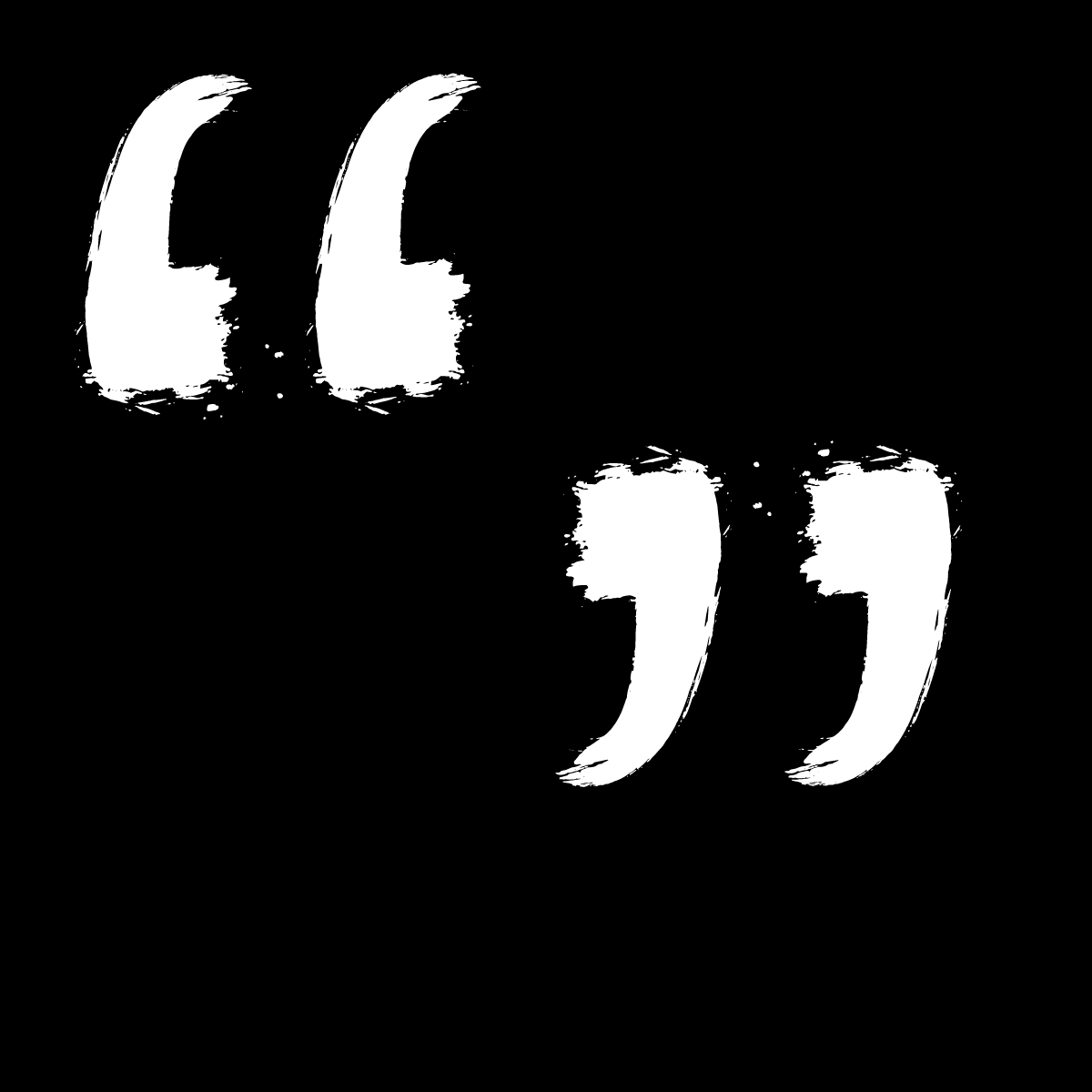The Ampersand
The
Ampersand
The meaning of the ampersand extends far beyond the conjunction 'and'
Lauren Magee
& & & & &
If an ampersand is a dinosaur, it’s probably less like a Tyrannosaurus Rex and more like a crocodile—they’ve stuck around and not everyone is sure how to properly handle them.
They’re a common feature of the written (or typed) language, appearing in many different typographic and handwritten forms, featuring on almost all computer and laptop keyboards, and it’s assumed that we all know their purpose.
Of course! It’s so obvious!
It would be fair to say that most people think an ampersand is interchangeable with the conjunction ‘and’. Grammatically, no—they cannot be used interchangeably.
What?! So how do we use them?
The easiest way to understand the meaning and usage of an ampersand is to go back to the beginning of written language.
History of the Ampersand
The ampersand can be traced all the way back to 45 AD where one of the first written ampersands was found on papyrus. It didn’t look exactly the same as the modern ampersand, but the theory behind it still stands today. The original ampersand was a ligature of the letters ‘e’ and ‘t’. In Latin, the ligature ‘et’ means ‘and’. Looking at the array of ampersands on the previous page, it’s easy to see that the second and fifth characters are cursive bindings of the letters ‘e’ and ‘t’, and that the others are not. The others are a typographic style that was created over the course of the next 700 years. In 775 AD the ‘et’ ligature was added to the Roman alphabet as a single character and was more commonly used.
Move forward to 1440 and Johannes Gutenberg created the world’s first ever printing press and decided to include the ampersand along with other letters. What an achievement for one of language’s longest standing ligatures!
The ampersand was generally used in this same way over the next 300 years—as the ligature ‘et’ representing the word ‘and’—and by the time 1837 came around, the word ‘ampersand’ was beginning to be included in modern dictionaries. At this point in time, the ligature was said as it was written, so where did the word ‘ampersand’ come from?
In the early 1800s, it had become common to add the modern sign for ‘et’ (&) at the end of the alphabet. When children were learning the alphabet and would recite it, this is what they would say: ‘X, Y, Z, and, per se, and’. As it would have been confusing for students to end their recitation on ‘and’, which is the English translation of the Latin ‘et’, they added ‘per se and’ to mean ‘and, by itself, and’. Through repetition and the eventual slurring of the words ‘and, per se, and’, the word ‘ampersand’ was morphed into modern language and thus added into dictionaries.
The word ‘etcetera’ was once written with an ampersand. Deriving from the Latin words ‘et’ and ‘cetera’ which translates to ‘and the others’, in the 19th century it was commonly written as ‘&c’. We now know that ‘&’ would have represented the ‘and’ part of ‘and the others’, and ‘cetera’ was shortened to ‘c’. It’s more commonly shortened in today’s modern language as ‘etc.’, though if you come across ‘&c’, you now know that they have the same meaning.
Kepnes’s narration doesn’t allow, as other second-person narratives do, the reader to be placed in a synergised me-and-you narrative. The reader instead feels as if they were the protagonist, something Rembowska associates with first-person narrative.
Then consider Iain S Thomas’s (pleasefindthis) project I Wrote This For You and its use of second person and first person:
And then my soul saw you and it kind of went ‘Oh there you are. I’ve been looking for you.’
Thomas shifts between a pointed or charactered you (directed at a person) and a theoretical or hypothetical you (how-to narrative). On his Goodreads page, a reader asks Thomas who the you in I Wrote This For You is. Thomas’s answer is as follows:
The subject changes. At one point, it was a series of current then ex-girlfriends. Sometimes, it’s my wife. But most often, I'm writing to myself, telling myself the things I’d want to hear if I could step outside myself and give myself some perspective.
In this way, Thomas’s work is functioning as Peter Bibby calls it, ‘a counterfeit first person’ and also as what I would call a ‘charactered I and a charactered you’. Both You and I Wrote This For You are examples of second-person narratives that stray outside of, and subsequently challenge traditional second-person modes.
To attempt to reconcile these discrepancies and inconsistencies, we should look at how we came to define and delineate the three modes of narrative.
The creation of the word ‘ampersand’ as the spoken terminology for ‘&’ has sometimes been attributed to eighteenth century French mathematician and physicist Andre-Marie Ampere. Believing that Ampere used this symbol in some of his writings, those reading his works started calling the symbol ‘Amere’s and’. It’s close enough to ‘ampersand’, though the school children’s repetition of ‘and, per se, and’ seems more likely to be the reason that it became a part of common language.
So now that we know where the word ‘ampersand’ and the symbol ‘&’ originated from, how do we know when to use it, and whether ‘and’ and ‘&’ are interchangeable?
“Through repetition and the eventual slurring of the words ‘and, per se, and’, the word ‘ampersand’ was morphed into modern language.”
Modern Usage
As a character of the alphabet and commonly used in written language, an ‘ampersand’ and the word ‘and’ were once used interchangeably. It is common to see this written in texts from a pre-modern time period, and The Concise Manual of Typography from 1899 confirms that they could be used in the place of one another. It was also common practice to have a space either side of the ampersand when written or printed in texts, except when used as the shorthand version of etcetera (mentioned above).
In today’s written language, it is incredibly uncommon to see an ampersand in place of ‘and’ as a part of the text in formal, printed publications. How times have changed! The meaning has not been altered, though it has been deemed grammatically incorrect to use an ampersand in the place of ‘and’, except for a few situations where it has now been deemed practical.
Depending on your style guide, you can use an ampersand in place of ‘and’ in formal company names (e.g. Tiffany & Co.), though this isn’t uniform across the board. Some style guides will tell you to write out ‘and’, and will only allow an ampersand when the entire name of a company is abbreviated (e.g. H&M). Notice here the lack of space when using an ampersand within the abbreviated company name, compared to the company name in its entirety with spaces either side of the ampersand.
The abbreviation and shortening of words and phrases has kept the ampersand up to date with modern written language. Social media, instant messaging and everyone’s lack of time has resulted in needing to be clear and concise in the shortest amount of characters possible. Here the ampersand has found its place!
Though grammatically incorrect, using an ampersand in place of ‘and’ generally won’t confuse anyone, and it is an economical way of saving space without sacrificing other parts of your written, informal communication. Take Twitter for example: using an ampersand in your tweets won’t force anyone to unfollow you, but it will give you two extra characters out of 280 to work with.
The meaning of the visual symbol ‘&’ has been pretty sound for a while now, and companies like GLAAD (Gay & Lesbian Alliance Against Defamation) have taken advantage of this opportunity to attribute the meaning to a specific cause. Like the LGBTIQA+ community has used the ‘=’ symbol as a reference to their fight for equality and equal rights, GLAAD has attributed the ‘&’ to their ‘Together’ movement:
That’s why the symbol of the Together movement is not a rainbow flag, not an equal sign, but an ampersand: &. … The & means that our differences don’t divide us; they unite us. They make us strong.
Though the ampersand has a very clear definition in its history, it’s incredible to see how a simple Latin ligature has turned into this giant symbol for unity and togetherness. Congratulations, ampersand!
So … can I use an ampersand in place of the word ‘and’?
Not in formal written text; informally you can do what you wish! Depending on your style guide, you can use a spaced ampersand in company names, and an unspaced ampersand in abbreviated company names. Also, it is unnecessary to put a comma after an ampersand in a list—the more you know!
John Brownlee said it best when trying to summarise the impact, longevity and creativity of the ampersand (and, of course, comparing it to the dinosaurs):
May the ampersand never go extinct, and never be fully tamed.







